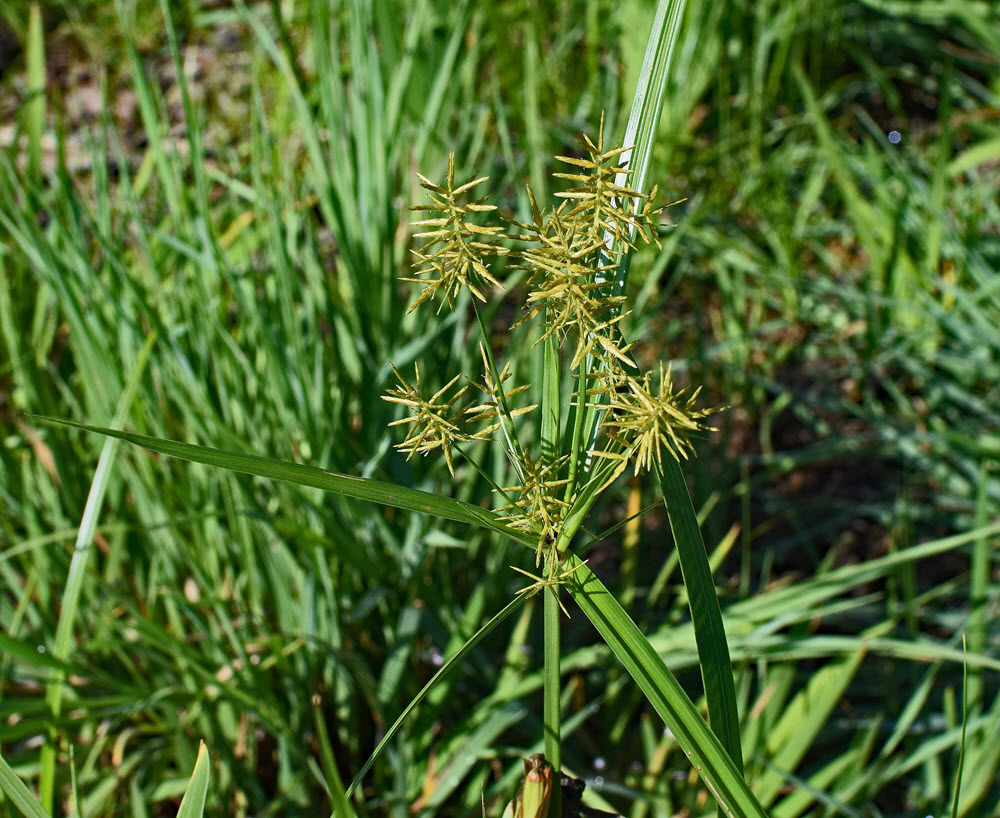With higher soil moisture conditions across many parts of the U.S., you’re probably wondering, "what is that grassy, light green weed sprouting in my yard?" Meet Nutsedge. Nutsedge, also called nutgrass, is a perennial sedge weed that comes in two different species: purple and yellow. Difficult-to-control perennial weeds like nutsedge tend to survive various adverse conditions and reproduce. Luckily, there are ways to control these sedge weeds.



 Branch Finder
Branch Finder












 Back to all blogs
Back to all blogs
Facebook
X
Youtube
Copy Link
Email